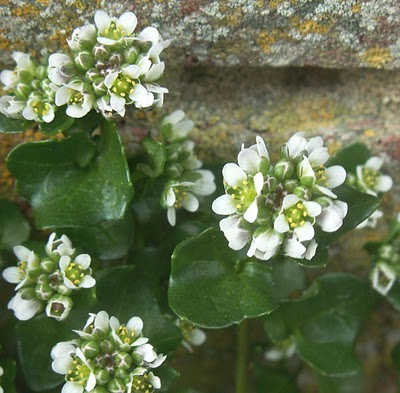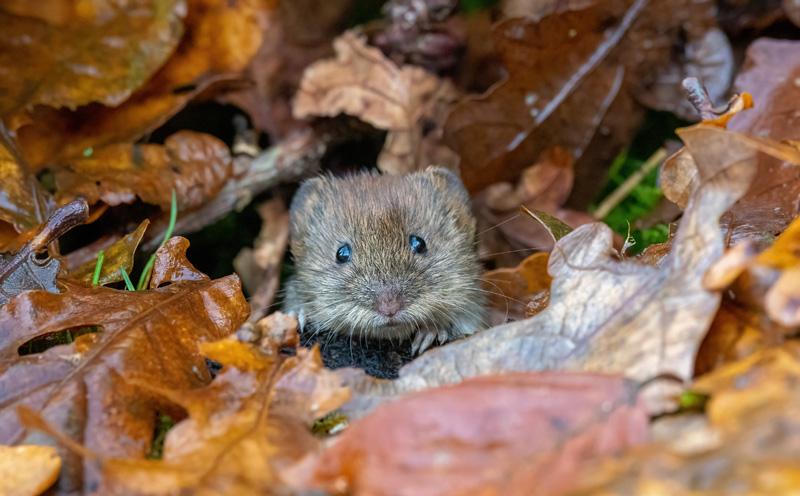Colin Jacobs
There is a tiny white flower that is, this year a frequent coloniser of the roadside verges between Beccles and Lowestoft along the A146, Bury to Great Yarmouth A143 and Ipswich to Lowestoft A12 in our area. The flower is called Danish Scurvy Grass Cochlearia danica and is in botanical terms a Halophyte, meaning salt loving. The reason for its sudden and more prominent appearance is that the seeds of this annual plant are mixed with grit and salt that is spread along the roads by the local council during winter. Although on coastal strips the plant has been recorded in Suffolk since 1773.
The plants we now see in spring have arrived from Russia where the grit and salt has been imported for use on our roads and as we are all well aware the fierce winter has caused the roads to be gritted more regularly. The reason it only grows on the bare edges is that the seeds need exposed soil in which to grow. Our flowers are nearly always white but long lengths of verge have produced pink flowered forms and are rarely mixed with the white ones. Some people talk about a frosting along the roadside and of course it is much too dangerous to stop the car on busy roads to have a look but I can assure you it will be this plant. It has certainly caused much discussion at Naturalists gatherings this spring and many questions have been asked.
If the information was available it would be interesting to show the correlation between tons of salt applied and abundance of C. danica (and other halophytes) such as some goosefoots and other seaside plants.
We have also been interested in perhaps the more ecological aspects the plant’s spread; why is it so abundant when it appears for example? It is undoubtedly spread around by traffic movement, but the seed has to be present in the first place. A search on the internet gives this site (in French) as one of the better ones for information on its spread www.wbrc.org.uk/WorcRecd/Issue12/useold. htm also the fact that the plant is self-pollinating and self-fertile gives some indication perhaps of its success. “Scientists (oh the way they use that word!) Warn that Britain’s verges are under threat from a plant that thrives on road salt…” Etc complete un proven rubbish but it is pleasing to know the interest in such a tiny annual is increasing, just how?
Surely the Scurvy grass band will always be defined by the salt and the rest of our verges are under no threat at all? We have also discussed what else would we naturalists like to see in the salty band? I’m pretty sure that some other Halophytes such as Reflexed Salt Grass Puccinellia distans are spread along the UK’s major roads but they are just to dodgy to inspect safely.
Colin Jacobs
[email protected]
becclesnaturalist.blogspot.com










